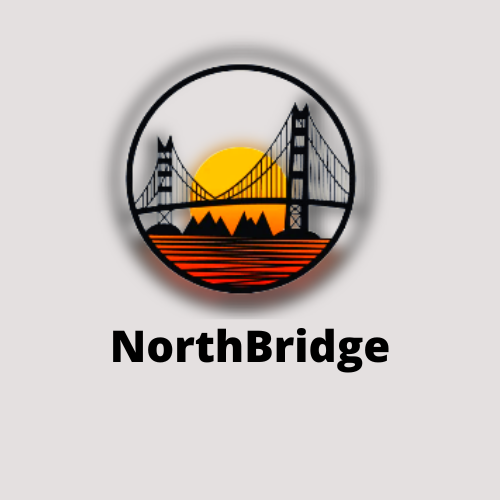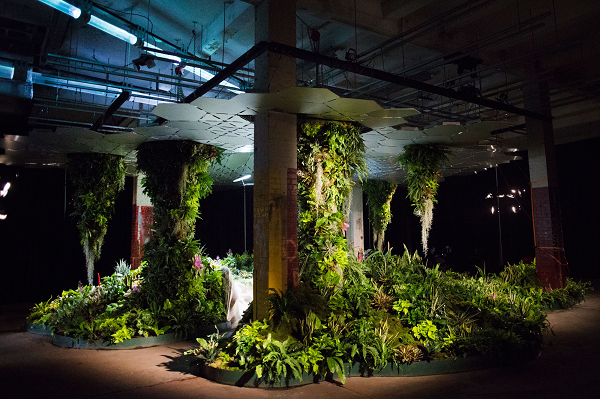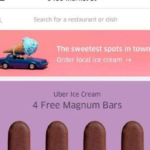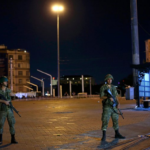The conjecture for the planet’s future isn’t so incredible of late, so it may be an ideal opportunity to begin pondering moving underground. To help us lead cheerful lives underneath grade, we’re likely going to need some kind of park area.
The Lowline is a yearning plan to redevelop an old trolley stop, unmoving throughout the previous 80 years underneath New York City’s Lower East Side, and transform it into a one-section of the Land Park. Its name echoes another noteworthy park extend, the Highline, worked in Manhattan on old raised railroad tracks in the most recent decade. The city—which gave the Lowline the formal proceed on Thursday—is calling it the world’s first underground stop.
That most likely isn’t entirely valid; places like Mammoth Cavern National Park in Kentucky may take issue. However, it will be altogether different: The venture helped to establish by a previous NASA designer and planner, arrangements to utilize an arrangement of sun-powered authorities and reflectors to convey daylight underground and develop plants. Its makers say no power would be expected to light the space amid the day, and they’ve set up a little exhibition, the Lowline Lab, to flaunt how it would work, take group criticism, and serve as a learning focus. They say it has pulled in 70,000 guests in this way.
Agent leader for lodging and financial advancement Alicia Glen, in a meeting with Co.Exist, recognized there’s the danger the undertaking won’t happen as intended, however, she says “those are the sorts of dangers that we ought to take as a city.” “This is all upside. There’s an opportunity to take the incredible advances in innovation and the inventive soul of New York and bridle it to make an open space that nobody could have envisioned,” she says.
The endorsement is just an initial step to making the venture a reality. The group will have one year to come to a $10 million gathering pledges focus, out of an expected $80 million aggregate spending plan, and finish schematic outlines for endorsement, and they additionally need to connect with the group and hold 5 to 10 open configuration charrettes. Glen says the city could consider contributing cash to its development if the venture group connected not far off, yet that it’s not a given. In this way, the city has recently given them control of the space and is organizing among numerous open organizations that would be included in such an extensive underground venture. The objective is to begin development some place around 2019, she says.
“The city laid out a truly clear pathway for what our needs are for the following year,” says Lowline venture fellow benefactor and official chief Dan Barasch. Raising $10 million, he says, will probably desire an assortment of sources, as assets need to date, including establishments, corporate sponsorships, private people, and crowdfunding. Also, a major part of the group engagement will include ensuring neighbors—some of whom dread more gentrification and swarms going by the zone—feel upbeat about the undertaking. He plans to run the configuration charettes beginning in the fall.









